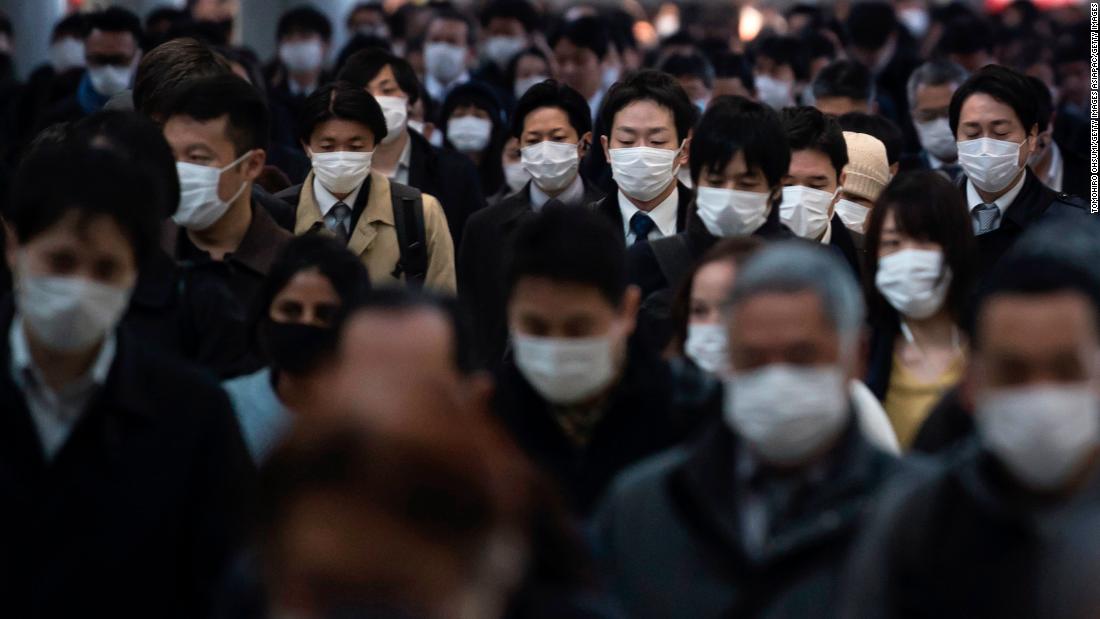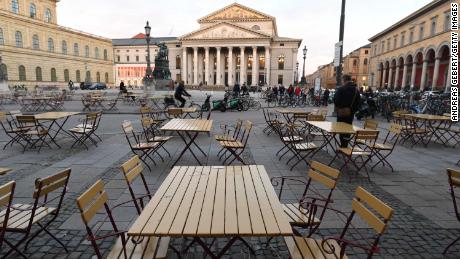Cases are rising in Asia, but compared to the West it’s a drop in the ocean
Last week, Japan’s every day caseload surged to its highest since the pandemic started, surpassing 2,000 for 5 days in a row.
In South Korea, every day infections additionally rose from a relative lull in late September and October to hover above 300, the highest since late August.
Hong Kong, in the meantime, has declared its “fourth wave” of coronavirus infections, after a number of remoted clusters emerged. Its every day instances — nonetheless inside single-digits in early November — exploded over the previous week to attain 80 on Tuesday.
Even in mainland China, recognized for its “zero-tolerence” strategy towards the coronavirus, sporadic instances have sprung up in a number of cities, from the monetary hub of Shanghai and the port metropolis of Tianjin to the grasslands of Inner Mongolia.
While the resurgence of the virus is actually dispiriting because it dominates native headlines and leads to tighter restrictions forward of the vacation season, the rise in instances in Asia appears extra like a ripple compared with the second wave in the United States and Europe.
Swift response
Despite their comparatively miniscule rise in an infection numbers, Asian governments are taking no probabilities in efforts to curb the outbreaks.
On Monday, South Korea declared an “emergency period” in Seoul till the finish of the 12 months. Public transportation capability has been diminished by 20% after 10 p.m. and gatherings of greater than 10 folks banned. The metropolis may also conduct common coronavirus exams on some 40,000 employees and customers of nursing hospitals and daycare facilities.
The measures come after a sequence of latest restrictions had been introduced for Seoul on Sunday, together with necessary masks sporting indoors and closures of leisure services comparable to golf equipment. Restaurants are solely allowed to do deliveries and takeout after 9 p.m., gatherings will probably be restricted to 100 folks, and faculties should function at one-third capability.
In Japan, Prime Minister Yoshihide Suga introduced final week that the nation was on “maximum alert” after reporting a file variety of every day infections. He additionally halted the authorities’s home journey and eating promotion program in coronavirus hotspots to curb additional infections.
Easing restrictions prematurely
But it isn’t solely measures that are being launched now that matter. Asia’s comparative success in containing the coronavirus is a results of months of constant insurance policies, thorough implementation and public cooperation.
Throughout the relative respite of infections in the summer season, international locations in Asia have stored their borders shut, and in many locations, the public have continued to put on face masks and preserve social distancing.
David Nabarro, a World Health Organization (WHO) particular Covid-19 envoy, mentioned not like Europe, Asia didn’t loosen up restrictions prematurely.
“You must wait until case numbers are low and stay low,” he mentioned, calling Europe’s response “incomplete.”
He warned that Europe might nonetheless see a third wave of infections in early 2021, if governments repeat the failure to do what was wanted to stop the second wave of infections.
“They missed building up the necessary infrastructure during the summer months, after they brought the first wave under control,” Nabarro mentioned.
“Now we have the second wave. If they don’t build the necessary infrastructure, we’ll have a third wave early next year.”
Reuters contributed reporting.





